Wine is a complex and fascinating drink that can be intimidating to beginners. With so many different varieties wine bottles, regions, and flavors to choose from, it can be difficult to know where to start. However, with a little guidance and knowledge, anyone can find a wine they enjoy.

Key Takeaways
- start drinking wine with simple wines which are not too overwhelming
- Very often these are low to mid budget wines
- light white wines like a pinot grigio or sauvignon blanc are acidic and have fruity flavors making them easy drinking wines
- Sparkling wine can be an alternative to white wines
- Red wines for beginners are pinot noir, gamay and merlot as they are not too complex fruit forward wines
Understanding the Basics of Wine
When it comes to choosing the best wine for beginners, it’s important to consider a few key factors.
Firstly, it’s a good idea to start with wines that are easy to drink and not too complex. This means avoiding wines that are too dry, tannic, or acidic, as these can be off-putting to those who are new to wine. Instead, look for wines that are fruity, smooth, and easy on the palate.
Discovering Different Wine Types
Another important factor to consider is personal taste. Everyone has different preferences when it comes to wine, so it’s important to experiment and try different varieties to find what you like.
Don’t be afraid to ask for recommendations from wine experts or try different wines at tastings.
With a little exploration and experimentation, you’re sure to find a wine that suits your taste and becomes a new favorite.
Understanding Wine Types
Types of Wine
Wine is mostly made with grapes, and there are many different types of wine. The most common types of wine are red wine, white wine, and rosé. Red wine is made from red or black grapes and has a deeper color and stronger taste. Well known red wines are pinot noir, merlot or cabernet sauvignon.
White wine is made from green or yellow grapes and has a lighter color and crisper taste of green apple or tropical fruit.
Rosé wine is made from a combination of red and white grapes and has a pink color and a fruity taste.

What are the best wines for non-wine drinkers?
There are also many different varieties of wine, each with its own unique taste and characteristics. Some of the most popular varieties of wine include Chardonnay, Cabernet Sauvignon, Pinot Noir, Merlot, and Sauvignon Blanc.
Each variety has its own flavor profile, tasting notes, which can range from fruity and sweet to dry and earthy providing alternatives for your wine journey.
Discovering Different Wine Types
Tasting wine is an art form that takes time and practice to master. To taste wine properly, you should start by looking at the wine’s color and clarity. Then, swirl the wine in your glass to release its aroma, and take a sniff of taste wine to identify its scent before you start drinking wine.
Finally, take a sip and let the wine sit on your tongue for a few seconds before swallowing to fully appreciate its flavor. When tasting and drinking wine, it’s important to pay attention to its acidity, sweetness, tannins, and body.
Acidity refers to the wine’s sharpness, while sweetness refers to its sugar content. Tannins are compounds found in the skins, stems, and seeds of grapes that give wine its bitterness and astringency.

Body refers to the wine’s weight and texture in the mouth. Full bodied red wines are cabernet sauvignon, Syrah or Italian Primitivo. In summary, understanding the basics of wine can help you appreciate wine label more and enjoy this complex and fascinating beverage on your wine journey. By learning about the different types of wine and how to taste it properly, you can expand your knowledge and appreciation of this timeless drink.
Choosing Wines for Beginners
The tasting sequence is a critical aspect of assessing wines, designed to preserve the palate’s sensitivity and accurately compare each wine’s characteristics.
Sparkling Wines First
Sparkling wines should always be tasted first due to their high acidity and effervescence which can refresh the palate.
A straightforward easy to drink sparkling wine is Prosecco with its green apple aroma and fruity notes. Champagne sparkling wine is more complex and expensive. This sparkling wine is always a highlight of a wine tasting.
It’s important to start with these wines because they are the most delicate and can be easily overshadowed by heavier wines.
Light-to-Full-Bodied Whites
After sparkling wines, tasters should progress to still white wines, starting with light-bodied varieties such as Pinot Grigio, then moving to full-bodied ones like Chardonnay.
This progression helps to maintain the palate’s ability to discern subtle flavors and aromas.
- Light-bodied white wine: Pinot Grigio, Sauvignon Blanc
- Medium-bodied white wine: Chenin Blanc, Riesling
- Full-bodied white wine: Oaked Chardonnay, Viognier
- Dessert wines: Riesling ice wine as a dessert wine
Rosé Wines
Once whites have been sampled, rosés provide a perfect transition to reds.
They often incorporate characteristics of both white and red wines but should be tasted before reds to appreciate their lighter, more delicate profiles.
- Examples: Provence Rosé, Pinot Noir Rosé
Light-to-Full-Bodied Reds
Red wines follow, starting with the lightest, such as Beaujolais red wine, and gradually increasing in weight and tannin content to robust options like Cabernet Sauvignon red wine.
This ensures the heavier tannins do not overwhelm the taste buds before lighter reds are sampled.
- Light-bodied red wine: Beaujolais, Pinot Noir
- Medium-bodied red wine: Merlot, Sangiovese
- Full-bodied red wine: Syrah, Cabernet Sauvignon
Dessert Wine For Beginners
Fortified and dessert wines like Port and Sauternes have intense flavors and sweetness that can overpower the palate, and thus, they are reserved for last in the sequence.
Their rich profiles are best appreciated after drier wines.
- Sweet: Moscato, Riesling
- Fortified: Port, Sherry
Best Wine Varietals for Beginners
White Wines
White wines are perfect for beginners as they tend to be lighter and less complex than red wines. Here are some of the best white wine varietals for beginners.
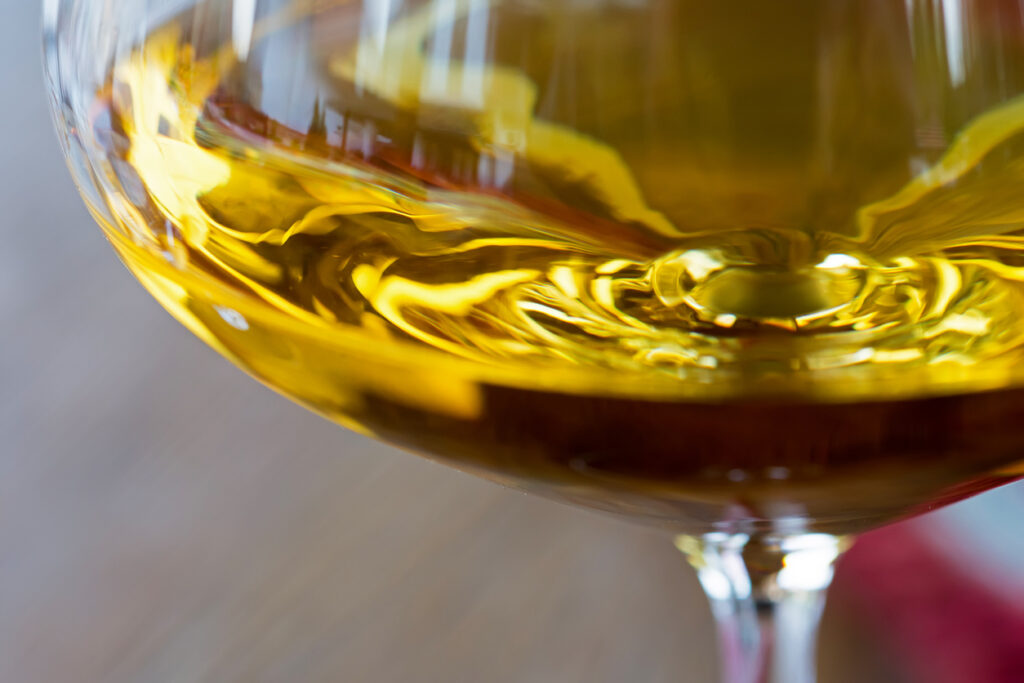
Beginner Friendly White Wines
- Sauvignon Blanc: This wine is known for its crisp, refreshing taste with notes of citrus and herbs. It pairs well with seafood and salads. Famous Sauvignon Blanc wine regions are New Zealand, the Loire valley and parts of North America.
- Pinot Grigio: This light-bodied wine has flavors of green apple and pear. It pairs well with light dishes such as pasta and seafood. You can find this wine for beginners in wine regions in the north of Italy.
- Chardonnay: This wine is known for its buttery, oaky flavor. It pairs well with poultry and creamy sauces.
Best red wines for beginners
Red wines tend to be more complex and full-bodied than white wines. Here are some of the best red wine varietals for beginners fro your next wine tasting.
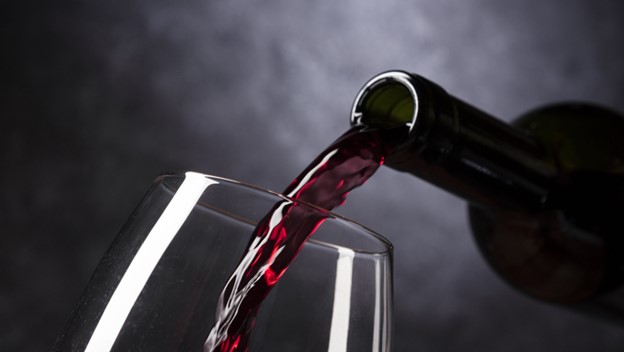
- Pinot Noir: This light-bodied wine has flavors of cherry, raspberry and red fruit flavors. It pairs well with salmon and other fatty fish.
- Merlot: This medium-bodied wine has flavors of black cherry and plum. It pairs well with beef and lamb.
- Cabernet Sauvignon: This full-bodied wine has flavors of black currant, blackberry and dark fruit. It pairs well with steak and other red meats.
Rosé Wines for Beginners
Rosé wines are made from red grapes but have a lighter, pink color due to the limited contact with the grape skins. Here are some of the best rosé wine varietals for beginners for your next wine tasting.
Rosé For New Wine Drinkers
- Provence Rosé: This dry wine has flavors of strawberry and peach. It pairs well with light dishes such as salads and seafood.
- White Zinfandel: This sweet wine has flavors of strawberry and watermelon. It pairs well with spicy dishes.
- Syrah Rosé: This dry wine has flavors of raspberry and cherry. It pairs well with grilled meats and vegetables.
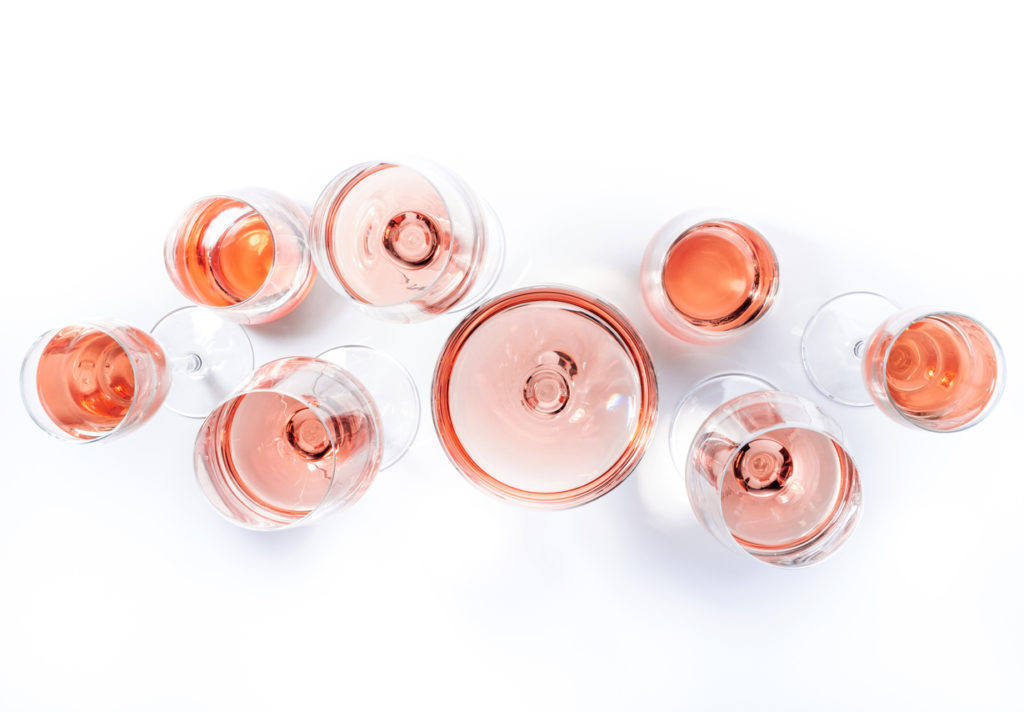
Choosing the Right Wine for Beginners
Consider Your Preferences
When it comes to choosing the right wine, it is essential to consider your personal preferences. Do you prefer red and white wines from which wine producing regions? Do you like a dry or sweet taste?
Take some time to explore different types of wines and discover what you enjoy the most. Don’t be afraid to try something new and experiment with different flavors and styles.
Food Pairing
Pairing wine with food can enhance the flavors of both the wine and the food. Consider the type of meal you will be having and choose a wine that complements the flavors. For example, a light white wine pairs well with seafood, while a bold red wine pairs well with red meat. You can also consult a wine pairing chart to help you make the right choice.
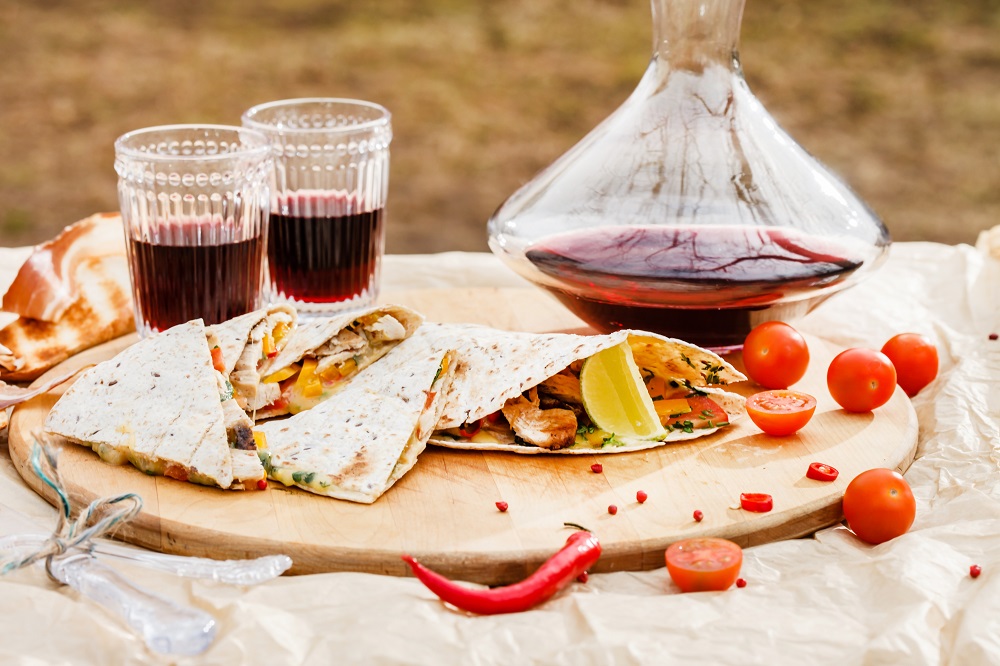
Budget
Wines can range in price from a few dollars to thousands of dollars per bottle. When choosing the right wine, it is important to consider your budget. Fortunately, there are many affordable options available that still offer great taste and quality.
Look for wines in the $10 to $30 range to find a good balance between taste and value. In summary, when choosing the right wine, consider your personal preferences, food pairing, and budget. Take some time to explore different types of wines and don’t be afraid to try something new. With a little bit of research and experimentation, you can find the perfect wine to suit your taste and enhance your dining experience.
Where to Buy Wine
Local Wine Stores
One of the best places to buy wine for beginners is at your local wine store. Not only can you find a wide selection of wines, but you can also get expert advice from the staff.
Ask for Recommendations
They can help you find the perfect wine for your taste and budget, and may even offer tastings to help you make your decision. Some local wine stores may also offer discounts on cases of wine or have a loyalty program for frequent customers.
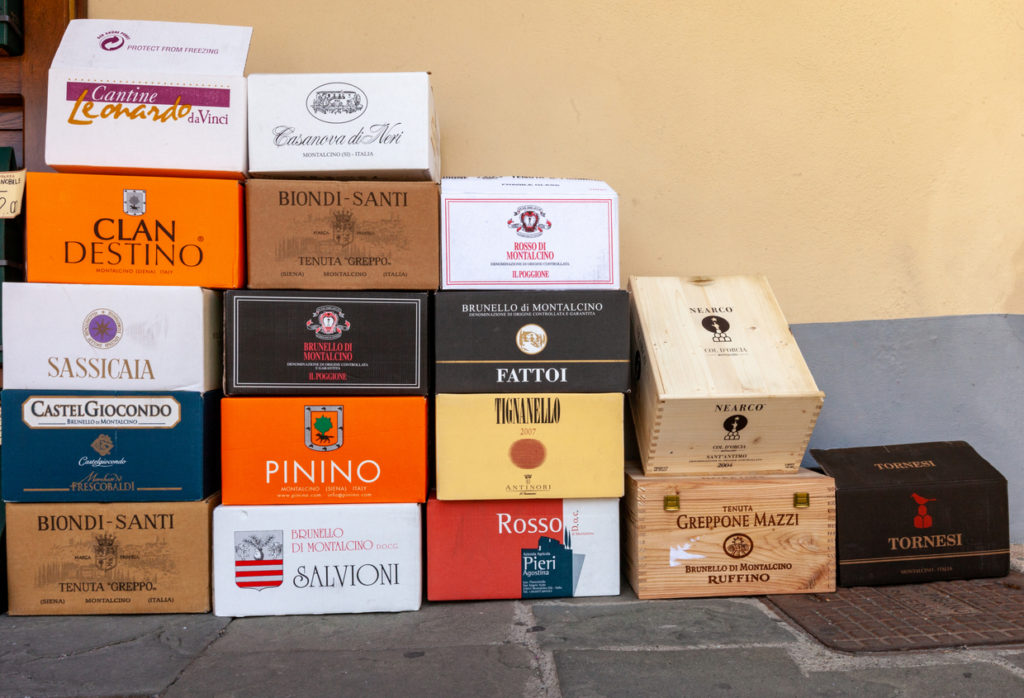
Attend wine tastings
When shopping at a local wine store, be sure to ask about their return policy and any special events or promotions they may have. And don’t be afraid to try something new – many wine stores have a section for lesser-known or boutique wines that can be a great way to discover new favorites.
Sometimes they offer wine tastings or just ask if you can try the wine.
Online Retailers
Another great option for buying wine is through online retailers. With the convenience of shopping from home, you can easily browse a wide selection of wines from around the world. Many online retailers also offer detailed descriptions and customer reviews of sparkling wines to help you make an informed decision. When shopping online for wine, be sure to check the shipping policies and delivery times.

Some online retailers may offer free shipping or discounts on larger orders. It’s also important to note that some states have restrictions on shipping alcohol, so be sure to check your state’s laws before placing an order. Overall, whether you a new wine drinker choose to shop at a local wine store or through an online retailer, there are plenty of options for buying wine as a beginner. Just remember to take your time, ask for advice, and don’t be afraid to try something new.

